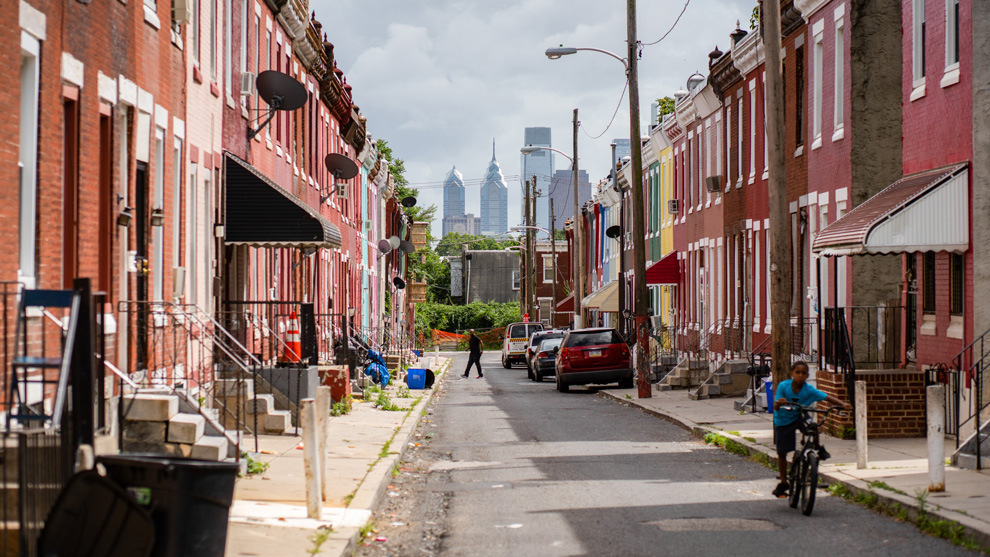Housing Poverty in Urban India: The Failures of Past and Current Strategies
Introduction
India is currently the fastest-growing economy in the world, with a recorded growth rate of 8.2% in the first quarter of 2018-2019. However, despite this economic progress, housing poverty remains a significant challenge. According to official estimates, approximately 63.67 million urban and rural households across India lack adequate housing. This staggering figure highlights the urgent need for effective housing policies and interventions.
The ‘Global Strategy for Shelter to the Year 2000,’ declared by the United Nations General Assembly in December 1988, defined “adequate housing” as a living environment that ensures adequate privacy, space, security, lighting, ventilation, infrastructure, and proximity to work and basic facilities—all at a reasonable cost. Unfortunately, for millions of Indian families, these basic housing standards remain unattainable.

The Extent of Housing Poverty in India
In 2012, the Technical Group on Urban Housing Shortage, formed by the Ministry of Housing and Urban Poverty Alleviation, estimated that 18.78 million households in urban India were without “decent” housing. This number reflects the vast population residing in inadequate living conditions, including temporary, overcrowded, non-livable, and dilapidated structures. It also accounts for the millions of homeless individuals who lack shelter altogether.
Housing poverty in India is not just about the lack of physical structures—it is a multidimensional issue that encompasses poor living conditions, lack of access to basic services, and severe overcrowding. The rapid pace of urbanization has exacerbated these problems, leading to a proliferation of slums and informal settlements where basic amenities such as clean water, sanitation, and electricity remain inadequate or entirely absent.
Causes of Housing Poverty
The root causes of housing poverty in India are complex and multifaceted. Some of the primary contributors include:
- Rapid Urbanization: India’s cities are expanding at an unprecedented rate, leading to an increasing demand for affordable housing. However, supply has not kept pace with demand, forcing many low-income families into substandard living conditions.
- High Land and Property Costs: The rising cost of land and property in urban areas makes homeownership unaffordable for a significant portion of the population. As a result, many low-income households are forced to live in informal settlements or overcrowded rental housing.
- Insufficient Government Policies and Programs: While the government has implemented several housing initiatives, such as the Pradhan Mantri Awas Yojana (PMAY), the scale of the problem requires more comprehensive and sustained efforts.
- Lack of Financial Inclusion: Many low-income families do not have access to affordable credit or mortgage options, making it difficult for them to invest in permanent housing solutions.
- Job Migration and Unstable Livelihoods: The seasonal migration of rural workers to urban centers often results in a lack of stable housing options, forcing them into temporary and informal settlements.
The Impact of Housing Poverty
The consequences of housing poverty extend beyond inadequate shelter. It affects multiple aspects of people’s lives, including health, education, and economic stability. Some of the key impacts include:
- Health Issues: Poor living conditions, lack of sanitation, and inadequate ventilation contribute to a high prevalence of diseases such as respiratory infections, tuberculosis, and waterborne illnesses.
- Educational Barriers: Children living in overcrowded and unstable housing conditions often struggle with education due to a lack of a conducive learning environment.
- Economic Hardship: High housing costs relative to income leave families with little financial flexibility, perpetuating cycles of poverty and limiting opportunities for social mobility.
Addressing Housing Poverty: The Way Forward
To effectively address housing poverty in India, a multi-pronged approach is required. Key strategies include:
- Scaling Up Affordable Housing Initiatives: Expanding and strengthening programs like PMAY to ensure that more low-income families have access to safe and affordable housing.
- Improving Slum Rehabilitation Programs: Upgrading existing slums with better infrastructure and services rather than displacing residents.
- Encouraging Public-Private Partnerships: Leveraging the expertise and financial capabilities of private developers to enhance affordable housing supply.
- Promoting Financial Inclusion: Expanding microfinance and affordable home loan schemes to help low-income families achieve homeownership.
- Implementing Stronger Land Use Policies: Ensuring that urban planning incorporates affordable housing and prevents speculative real estate development that drives up land costs.
Conclusion
Housing poverty remains one of the most pressing challenges in India’s path to equitable development. While economic growth continues to accelerate, millions of households still struggle with inadequate shelter and poor living conditions. Addressing this issue requires a holistic approach that combines policy reforms, financial accessibility, and strategic urban planning. By prioritizing housing as a fundamental right, India can move towards a future where every citizen has access to a safe, secure, and affordable home.
For further reading:
Housing Poverty – For urban geography – MARCH 2019 Housing
